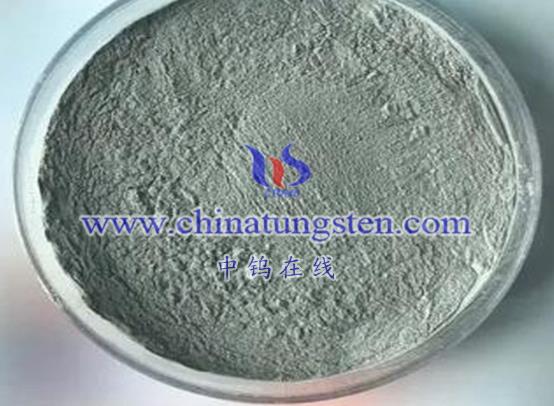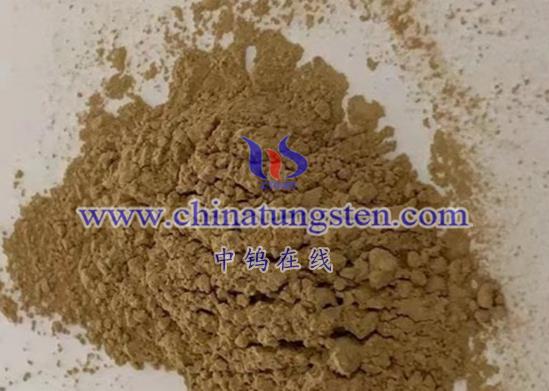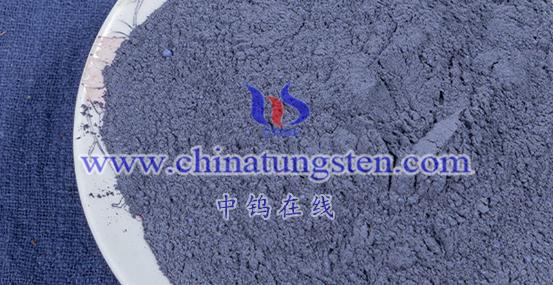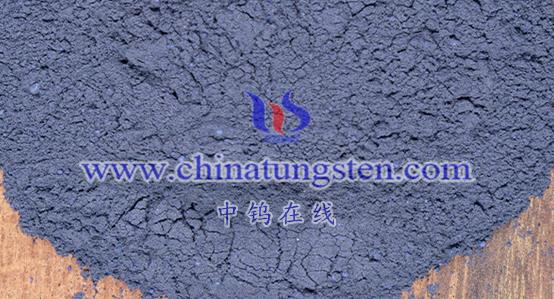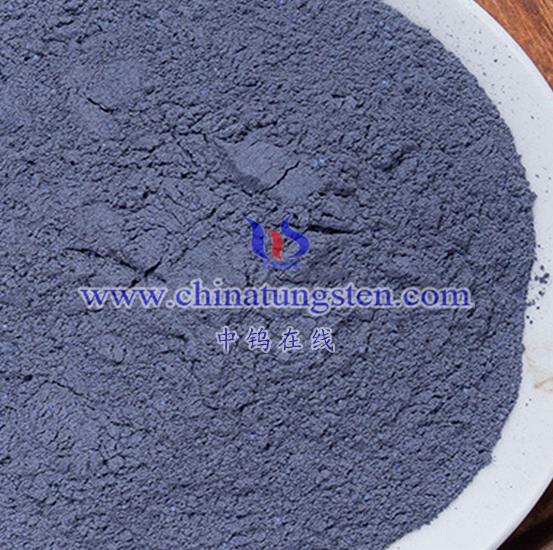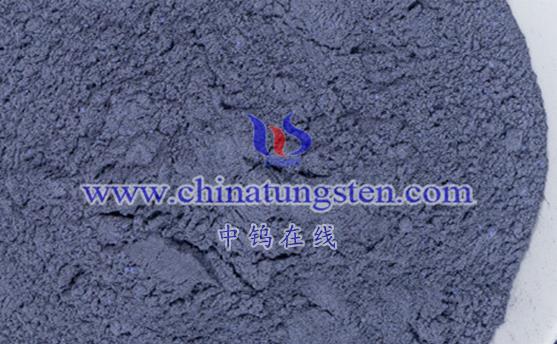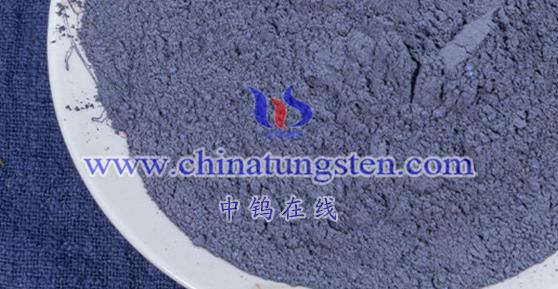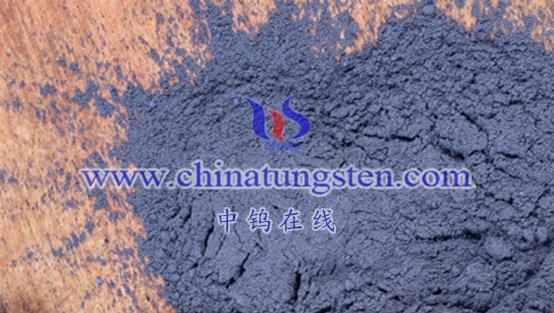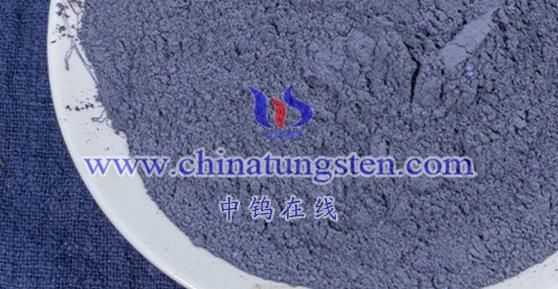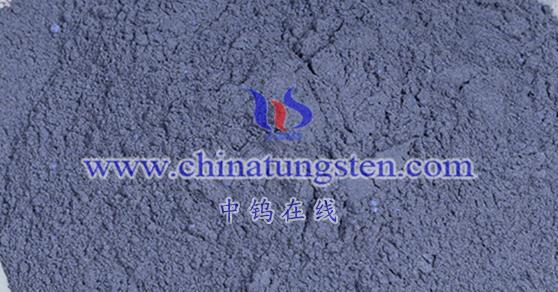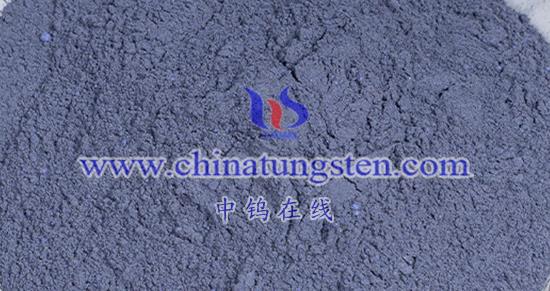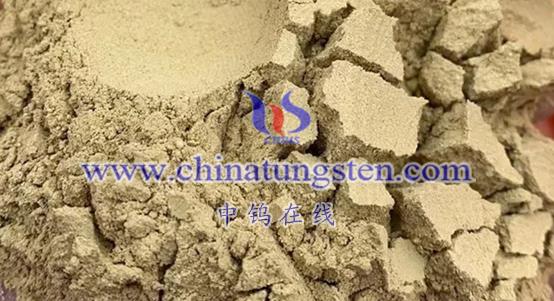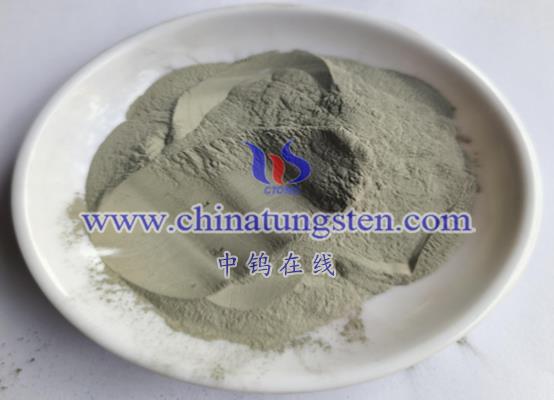
Nanostructured tungsten oxide (WO₃) can be combined with other materials such as polymers, metals, and carbon materials to leverage their respective advantages, resulting in composites with new properties. Here are some common composite methods and the resulting new properties:
- Composite of Nanostructured Tungsten Oxide with Polymers
Methods for Compositing Nanostructured Tungsten Oxide with Polymers
- Chemical Polymerization
This method involves chemically polymerizing monomers with nanostructured tungsten oxide, forming nanostructured tungsten oxide/polymer composites. By adjusting reaction conditions and monomer types, the structure and properties of the composite can be controlled. - Solution Blending
Nanostructured tungsten oxide is dispersed in a polymer solution and mixed uniformly through stirring and ultrasonication. The composite material is then obtained through drying and curing processes. This method is straightforward but requires attention to the dispersion of nanostructured tungsten oxide and its compatibility with the polymer.
New Properties of Nanostructured Tungsten Oxide/Polymer Composites
- Enhanced Mechanical Properties
The incorporation of nanostructured tungsten oxide can improve the hardness, strength, and toughness of the polymer. - Improved Thermal Stability
Nanostructured tungsten oxide has good thermal stability, enhancing the thermal stability of the composite material. - Special Functionalities
Properties such as electrochromism and photocatalysis can be enhanced through the synergistic effects of nanostructured tungsten oxide and polymers.
- Composite of Nanostructured Tungsten Oxide with Metals
Methods for Compositing Nanostructured Tungsten Oxide with Metals
- Photodeposition Method
This technique utilizes photocatalytic action to reduce metal ions into metal nanoparticles, which then deposit on the surface of nanostructured tungsten oxide. The size and distribution of the metal nanoparticles can be controlled by adjusting the light source, reaction time, and metal ion concentration. - In Situ Reduction Method
Metal ions are directly reduced on the surface of nanostructured tungsten oxide to form composite materials of metal nanoparticles with tungsten oxide. This method requires careful selection of reducing agents and control of reaction conditions.
New Properties of Nanostructured Tungsten Oxide/Metal Composites
- Enhanced Catalytic Performance
The synergistic effect of metal nanoparticles and nanostructured tungsten oxide can enhance the catalytic performance of the composite, particularly in photocatalysis and electrocatalysis. - Improved Conductivity
The addition of metal nanoparticles can enhance the conductivity of the composite material, making it suitable for applications in electronic devices and sensors.
III. Composite of Nanostructured Tungsten Oxide with Carbon Materials
Methods for Compositing Nanostructured Tungsten Oxide with Carbon Materials
- High-Temperature Carbonization Method
This method involves mixing nanostructured tungsten oxide with carbon-containing precursors and performing a carbonization reaction at high temperatures to form nanostructured tungsten oxide/carbon composites. The structure and properties of the composites can be controlled by adjusting the carbonization temperature and time. - Chemical Vapor Deposition (CVD)
CVD technology is utilized to deposit carbon materials onto the surface of nanostructured tungsten oxide, forming the composite. This method allows for precise control over the thickness and morphology of the carbon materials.
New Properties of Nanostructured Tungsten Oxide/Carbon Composites
- Enhanced Lithium Storage Performance
The composite of nanostructured tungsten oxide and carbon materials can improve lithium storage performance in lithium-ion batteries, including capacity, cycle stability, and rate performance. - Improved Conductivity and Thermal Stability
The inclusion of carbon materials can enhance the conductivity and thermal stability of the composite, broadening its application prospects in energy storage and electronic devices.
Conclusion
In summary, the composite of nanostructured tungsten oxide with polymers, metals, and carbon materials can be achieved through various methods, endowing the composite materials with new properties and application value. These composites have vast potential applications in energy, environmental, and electronic fields.
More details of tungsten oxide product, please visit website: tungsten-oxide.com
Please contact CHINATUNGSTEN for inquiry and order of tungsten oxide:
Email: sales@chinatungsten.com
Tel.: 86 592 5129595
